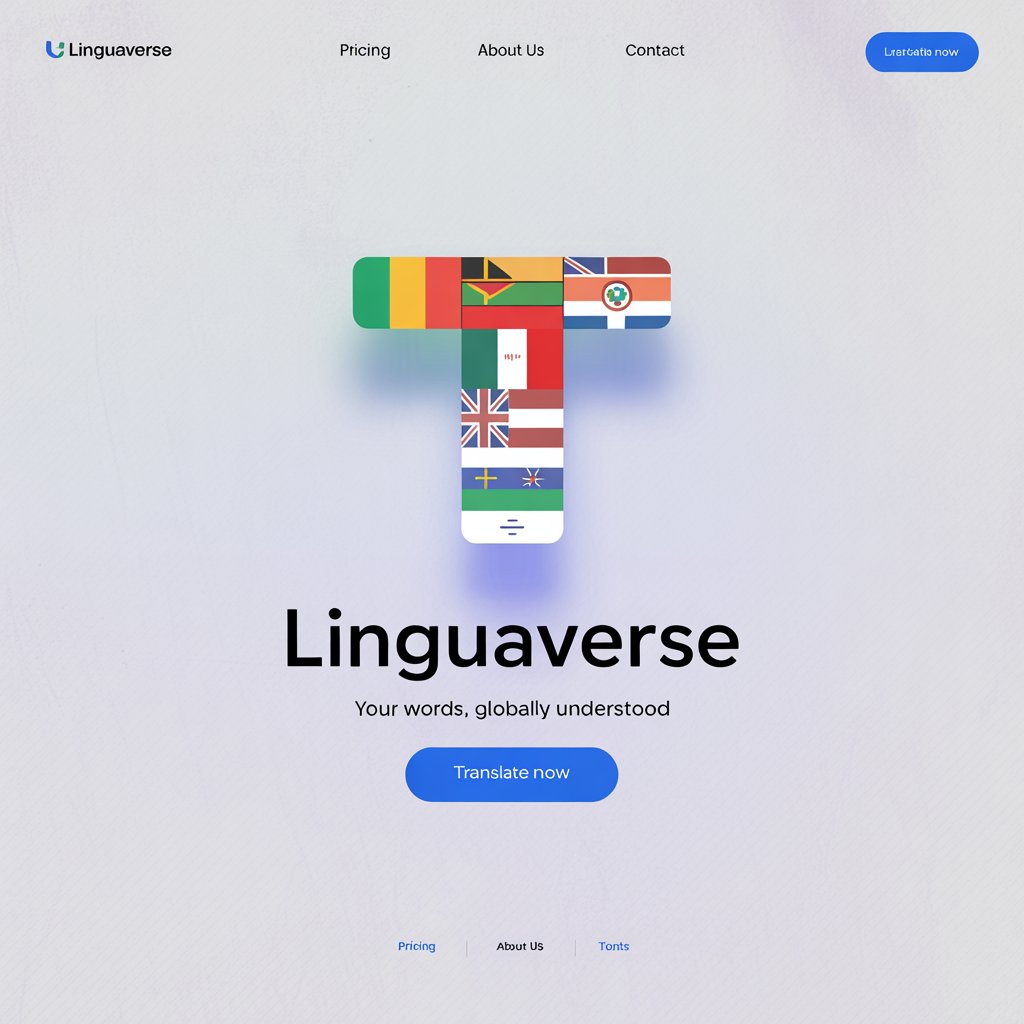Introduction: The Universal Hue of Blue
The first time I saw the Mediterranean Sea, its shimmering blue expanse stole my breath. It wasn’t just a color—it was a feeling, a story of tranquility and depth that seemed to whisper secrets of ancient civilizations. Blue, in all its shades, is more than a visual experience; it’s a universal thread woven into the fabric of human culture. From the azure skies revered in poetry to the sapphire gems adorning royalty, blue carries emotions and meanings that transcend borders. In this journey, we’ll explore how the word for “blue” is spoken across languages and cultures, revealing a shared human connection to this evocative hue.
Reference Table: The Word for Blue Across Languages
| Language | Word for Blue | Cultural/Linguistic Insight |
|---|---|---|
| Spanish | Azul | Derived from Arabic “lazaward,” linked to lapis lazuli stones. |
| French | Bleu | Associated with romance and the serene French Riviera. |
| German | Blau | Used in idioms like “blau sein” (to be drunk), reflecting humor. |
| Italian | Blu | Evokes the vibrant hues of Renaissance art. |
| Mandarin | Lán | Symbolizes calmness and immortality in Chinese philosophy. |
| Hindi | Neela | Tied to Krishna’s divine blue skin in Hindu mythology. |
| Japanese | Ao | Encompasses both blue and green, reflecting nature’s harmony. |
| Korean | Parang | Associated with the sea and sky, symbols of freedom. |
| Arabic | Azraq | Linked to the vast desert skies and poetic expressions. |
| Swahili | Bluu | Borrowed from English, used in vibrant East African textiles. |
| Zulu | Luhlaza | Represents life and renewal in Zulu traditions. |
| Yoruba | Búlúù | Tied to spiritual calmness in Yoruba cosmology. |
| Maori | Kahurangi | A sacred color, also the name of a revered blue jade stone. |
| Hawaiian | Polū | Evokes the deep Pacific Ocean, central to Hawaiian identity. |
| Cherokee | Sa-go-nee-ge | Connected to the Blue Ridge Mountains in Cherokee lore. |
European Languages: Blue in the Heart of Tradition
In Europe, blue carries a spectrum of meanings. In French, bleu is the color of romance, evoking images of twilight skies over Paris or the shimmering Côte d’Azur. It’s a word that feels soft, almost poetic, on the tongue. Spanish azul traces its roots to the Arabic lazaward, a nod to the Moors who brought lapis lazuli to Iberia, infusing the word with a history of trade and artistry. In Italian, blu is inseparable from the vivid pigments of Renaissance frescoes, where it symbolized divinity and purity. Meanwhile, German blau has a playful side, appearing in expressions like blau sein (to be drunk), revealing a cultural knack for humor. Across Europe, blue is a bridge between the sacred and the everyday, a color that paints both cathedrals and casual idioms.
Asian Languages: Blue in a Tapestry of Philosophy
Asia’s linguistic diversity paints blue in unique shades. In Mandarin, lán is a color of serenity, tied to Taoist ideals of balance and the eternal sky. In Hindi, neela resonates deeply in Hindu culture, where Lord Krishna’s blue skin symbolizes divine love and cosmic mystery. Across India’s 20+ states, from Rajasthan’s indigo-dyed fabrics to Kerala’s coastal blues, neela is a cultural cornerstone. In Japanese, ao intriguingly covers both blue and green, reflecting a linguistic view of nature as a unified whole—think of the lush blue-green forests of Kyoto. Korean parang conjures images of the sea, a symbol of freedom in a peninsula surrounded by water. In Arabic, spoken across 20+ countries from Morocco to Iraq, azraq evokes the vast desert sky, a poetic muse in Bedouin literature. Each Asian language imbues blue with spiritual and natural significance, tying it to the region’s philosophies.
African Languages: Blue in the Pulse of the Continent
In Africa, blue pulses with life. Swahili, spoken in 20+ East African countries like Kenya and Tanzania, uses bluu, a loanword from English, reflecting colonial influences yet embraced in vibrant kanga textiles. In Zulu, luhlaza is more than a color—it’s a symbol of renewal, seen in the lush landscapes of KwaZulu-Natal. Yoruba, prevalent in Nigeria and Benin, calls blue búlúù, a term linked to spiritual calmness in Ifá traditions, where it represents the cooling presence of deities. Across Africa’s diverse linguistic landscape, from Amharic in Ethiopia to Hausa in northern Nigeria, blue is a color of life, spirituality, and resilience, woven into rituals and daily expression.
Indigenous & Island Languages: Blue in Sacred Stories
Indigenous and island cultures bring unique perspectives to blue. In Maori, kahurangi is not just blue but a sacred hue, embodied in the revered pounamu (greenstone) that holds spiritual significance in New Zealand. Hawaiian polū mirrors the deep Pacific Ocean, central to navigation and identity across Polynesia’s 20+ island nations. In Cherokee, sa-go-nee-ge connects to the misty Blue Ridge Mountains, a sacred space in Native American storytelling. Samoan lanumoana evokes the ocean’s vastness, a lifeline for island communities. From Australia’s Aboriginal languages to the Inuit dialects of the Arctic, blue is a color of connection—to land, sea, and ancestral stories—across indigenous and island cultures worldwide.
Cultural Insights: The Evolution of Blue
Blue’s journey through history is as rich as its hue. In ancient Egypt, blue was sacred, crafted from lapis lazuli for pharaohs’ tombs, symbolizing the heavens. In medieval Europe, ultramarine blue, made from ground lapis, was more precious than gold, reserved for divine figures in art. In Asia, blue dyes like indigo shaped economies, from India’s textile trade to Japan’s aizome craftsmanship. In African and Pacific cultures, blue often represents spiritual protection, seen in beads and talismans. Over time, blue has evolved from a rare luxury to a universal symbol of trust, calmness, and creativity, yet its cultural roots remain distinct, reflecting each society’s values and histories.
Proverbs and Sayings: Blue in Words of Wisdom
Blue inspires proverbs and idioms worldwide:
- English: “Feeling blue” captures melancholy, rooted in maritime traditions where ships flew blue flags for loss.
- Spanish: “Príncipe azul” (blue prince) symbolizes the ideal romantic partner, a nod to fairy tales.
- Japanese: “Aozora no shita” (under the blue sky) evokes freedom and possibility.
- Yoruba: “Búlúù l’ọ́run” (blue like the sky) suggests divine peace.
- Arabic: “Azraq ka-al-bahr” (blue like the sea) reflects depth and mystery in poetry. These sayings reveal blue’s emotional range, from sorrow to hope, across cultures.
FAQs: Unraveling Blue’s Mysteries
Why does the word for blue sound similar in many languages?
Words like azul, bleu, and blu share roots in Latin caeruleus or Arabic lazaward, spread through trade and conquest.
What’s the oldest known use of the word for blue?
In ancient Egypt, around 2500 BCE, blue was described in hieroglyphs as ḫsbḏ (lapis lazuli), tied to divine symbolism.
How do cultures differ in expressing blue?
In Japan, blue and green share ao, reflecting a holistic view of nature, while in India, neela is divine. In contrast, Western cultures often tie blue to calmness or sadness.
Conclusion: The Universal Language of Blue
Blue is more than a color—it’s a universal language that speaks to our shared humanity. Whether it’s the azul of a Spanish sunset, the lán of a Chinese scroll, or the kahurangi of Maori jade, blue carries stories of joy, serenity, and spirituality. Its words may differ, but its essence binds us, reminding us of our connection to the skies, seas, and dreams we all share. What does blue mean to you? Share your language’s word for blue or a memory it evokes in the comments below—let’s paint the world with stories of this timeless hue.




